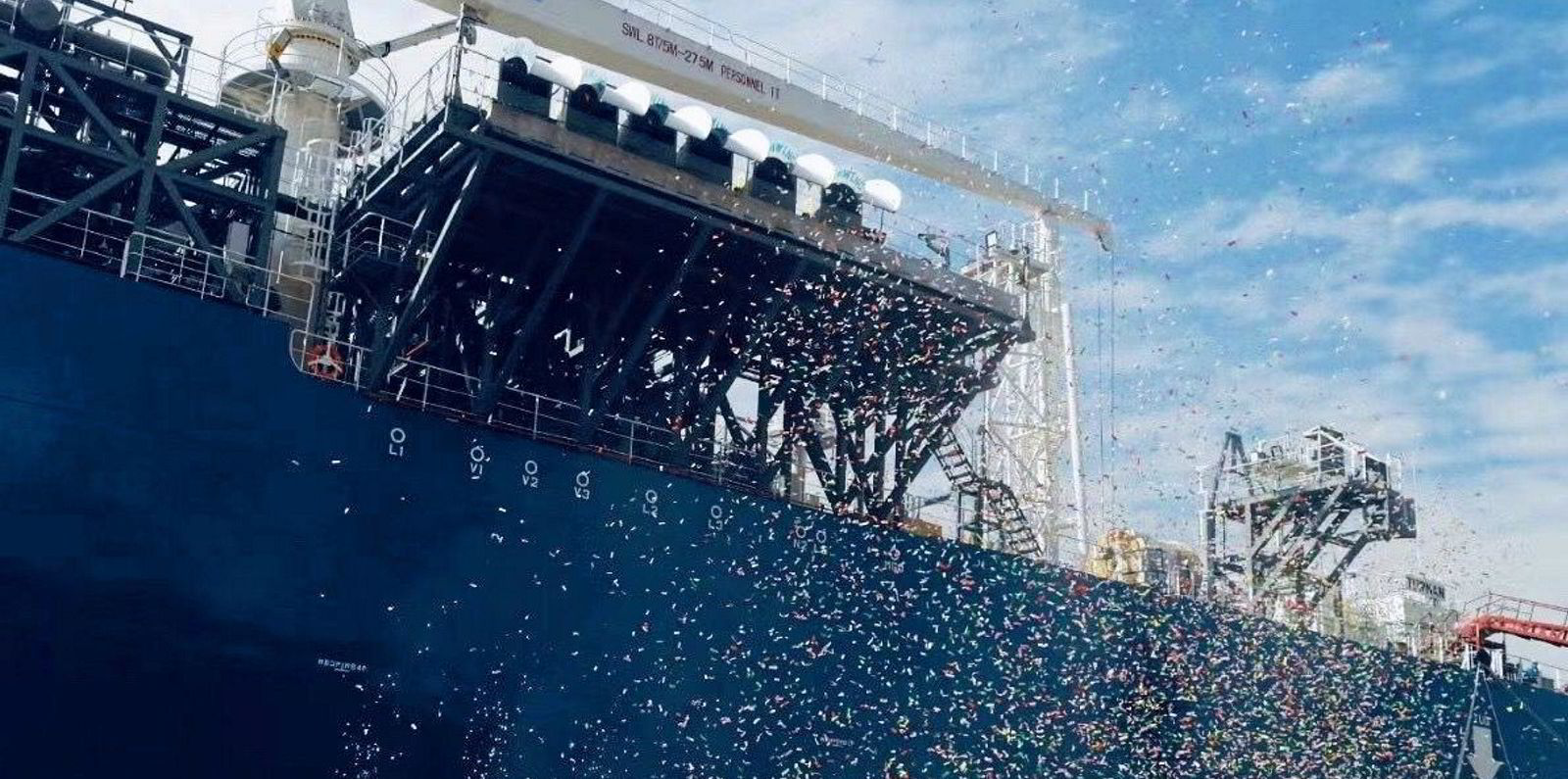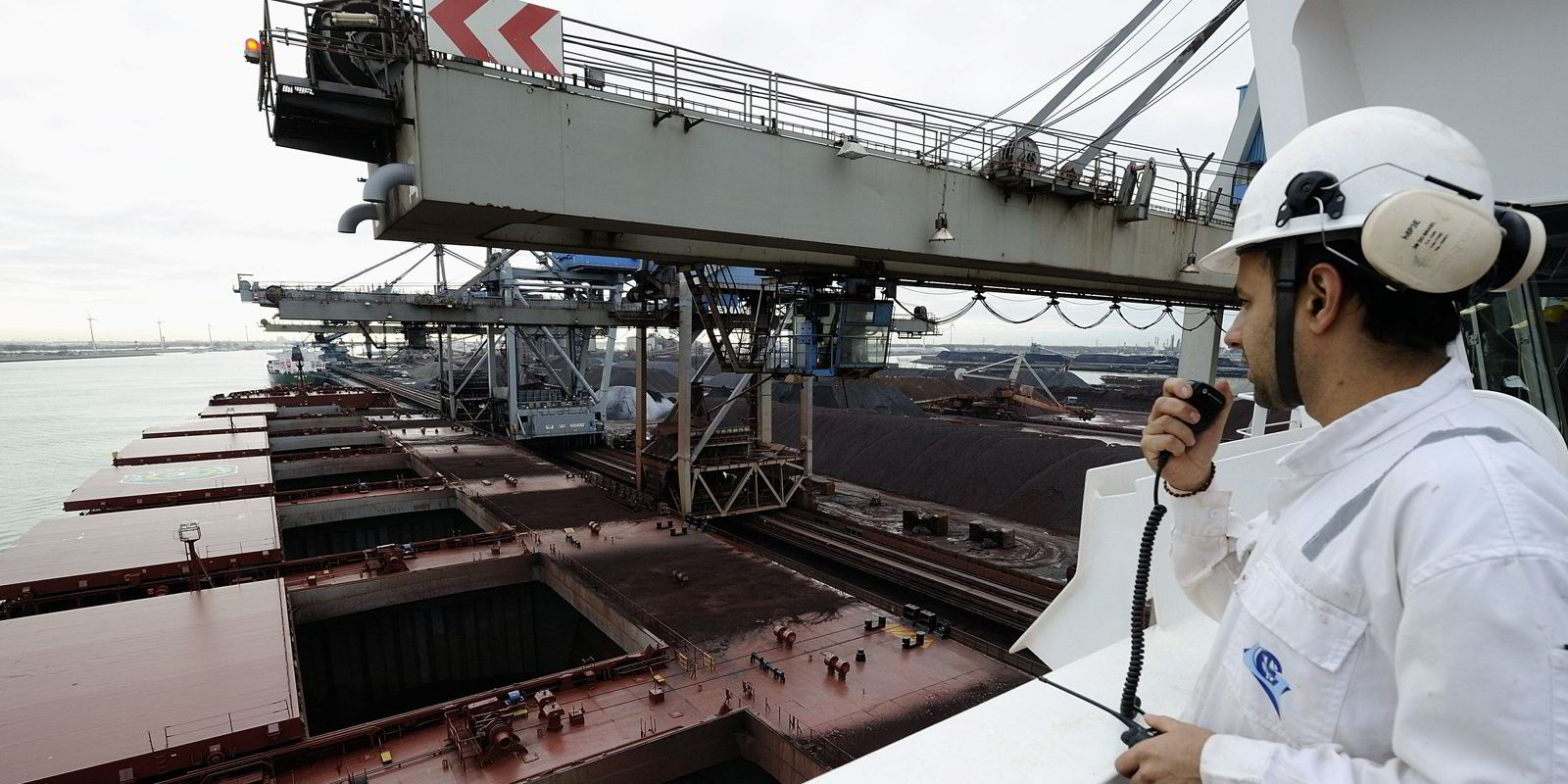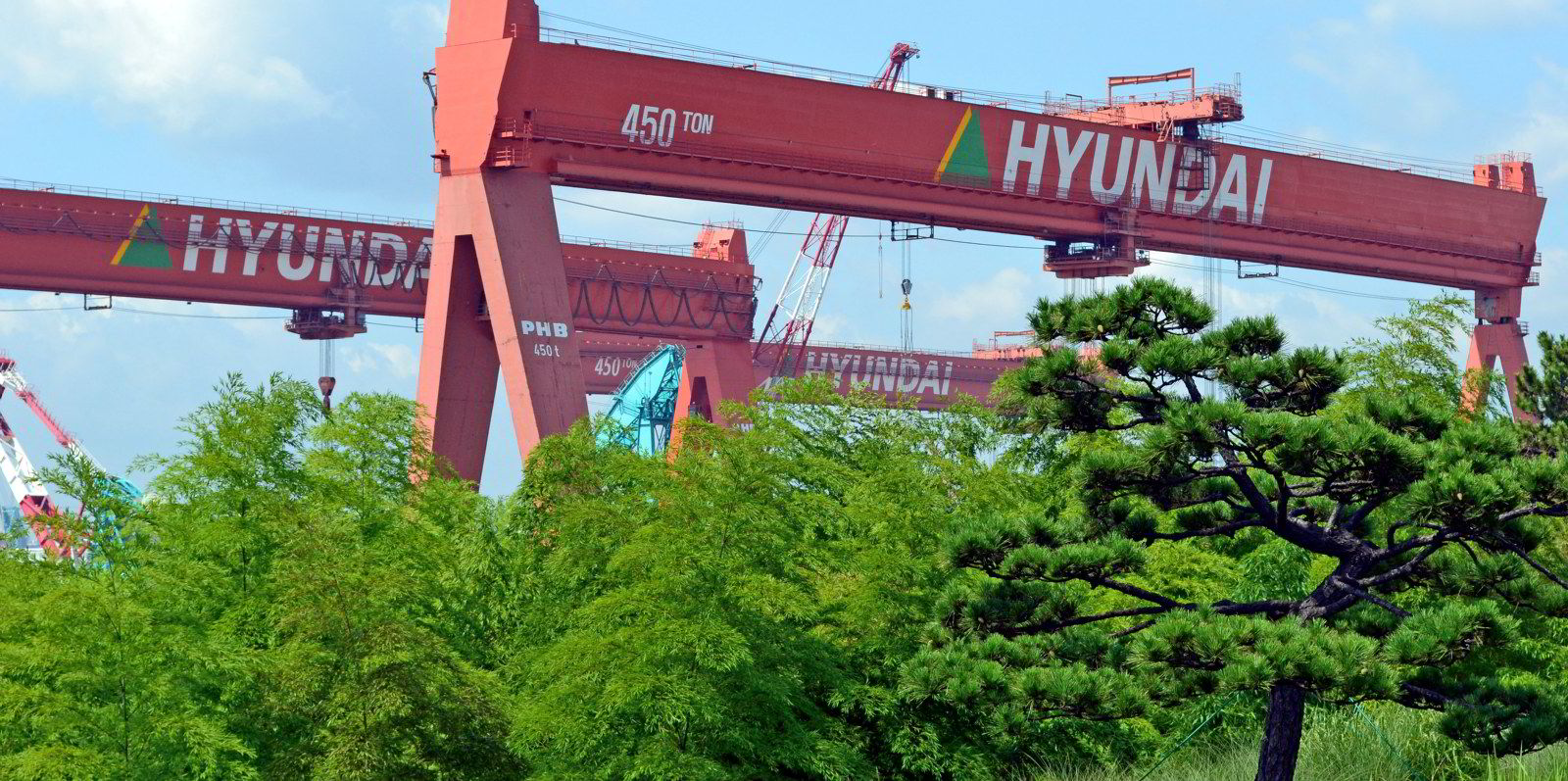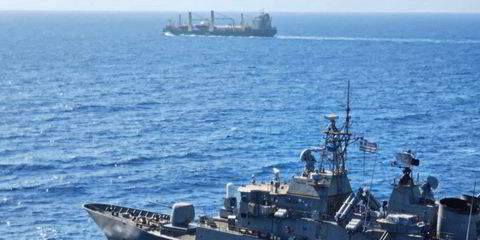Figures from Clarksons Research reveal shipping has just emerged from the second best year in a decade for rates, despite massive upheaval and demand disruption from the Covid-19 pandemic.
After all of the problems caused by global lockdowns, particularly in the first half of 2020, the ClarkSea Index of major vessel earnings ended last year at $14,839 per day — just 2% down on 2019.
Clarksons Research managing director Stephen Gordon called 2020 a "uniquely challenging year for the shipping industry".
But he added that many sectors saw a “disruption upside”, and the index finished at a higher level than any other year since 2010, with the exception of 2019.
This was despite globe seaborne trade falling 3.8% to 11.5bn tonnes.
In the first six months of 2020, the “stand-out performer” was tankers.
Five-year high for tankers
With floating storage peaking at 12% of the fleet and all-time record rates for product carriers, rates averaged out at their best level since 2015 — up 28% from 2019 for VLCCs, and 9% overall.
$14,839 per day
Average vessel earnings at year-end of the ClarkSea Index
2%
Decline in ClarkSea Index earnings since the end of 2019
3.8%
Decline in total seaborne trade in 2020
9%
Increase in average tanker rates for 2020
18%
Decline in average dry bulk earnings last year
"Although there were improvements from mid-year helped by strongly rebounding Chinese imports and periods of congestion, average dry earnings were down 18% year-on-year with capes recording their weakest year since 2016, although still 77% above this record low," Gordon said.
As TradeWinds reported at the end of the year, data from Clarksons and the Baltic Exchange showed that average spot earnings in 2020 were the worst they had been for at least five years across all main bulker segments.
On 24 December, the Baltic Exchange reported the year's last assessment of the Baltic Dry Index — the benchmark spot indicator for the bulker business — at 1,366 points, up from 1,090 at the same time in 2019.
In the Clarksons Research report, the annual average of containership charter market earnings did edge to its highest level since 2008, but the sector has finished the year in spectacular fashion with surging charter rates and freight numbers jumping to all-time highs.
On the gas carrier side, rates also finished the year strongly and, across 2020, VLGC rates were up 4% to their highest levels since 2015, while short-term LNG charter rates have spiked recently.
Stressed and distressed
But outside these markets, the research unit of shipbroking giant Clarksons logged "huge stresses" across cruise, ferry and car carrier sectors.
Even there, "good improvements" were noted in the fourth quarter.
For offshore support ships, the year was similarly tough, but the offshore wind market saw record investment.
The 3.8% drop in sea trade across 2020 compares to a 4% fall after the 2008 financial crash.
The 2020 figure does not truly capture the full complexities of month-to-month changes, Clarksons argued.
The monthly trade basket was down 12% in May year on year, but only 3% off in November, for example.
Clarksons’ deepsea port call tally fell 9% in May, but was only 2% lower in December.
Despite demolition increasing by 36% to 23.9m dwt, the world’s fleet reached 2.1bn dwt — up 3% from 2019.
Yard output holding up

Shipyards maintained good delivery output, hitting 88% of 2019 levels.
Newbuilding orders plunged 29% — and were 40% lower at the halfway mark of 2020.
But Clarksons said the fourth quarter saw the biggest addition to orderbooks in dwt terms since the first three months of 2018.
The total orderbook fell 19% to its lowest share of the fleet in 31 years: 7% against more than 50% in 2008.
Ships fuelled by alternative energy sources made up 28% of this figure — a rise from 21% in 2019.
Sale-and-purchase volumes rose 4%, which Gordon called “impressive given the difficulties of closing transactions in the spring”.
Asset values down overall
However, vessel prices fell across the year. Newbuilding values were 5% lower, with secondhand numbers dipping 10% from the previous 12 months.
But this again masks sectoral differences, with secondhand tankers falling more than 10%, bulkers less than this figure, and boxships seeing sharp rises.
Clarksons said scrap prices increased 10% to $400 per ldt.






